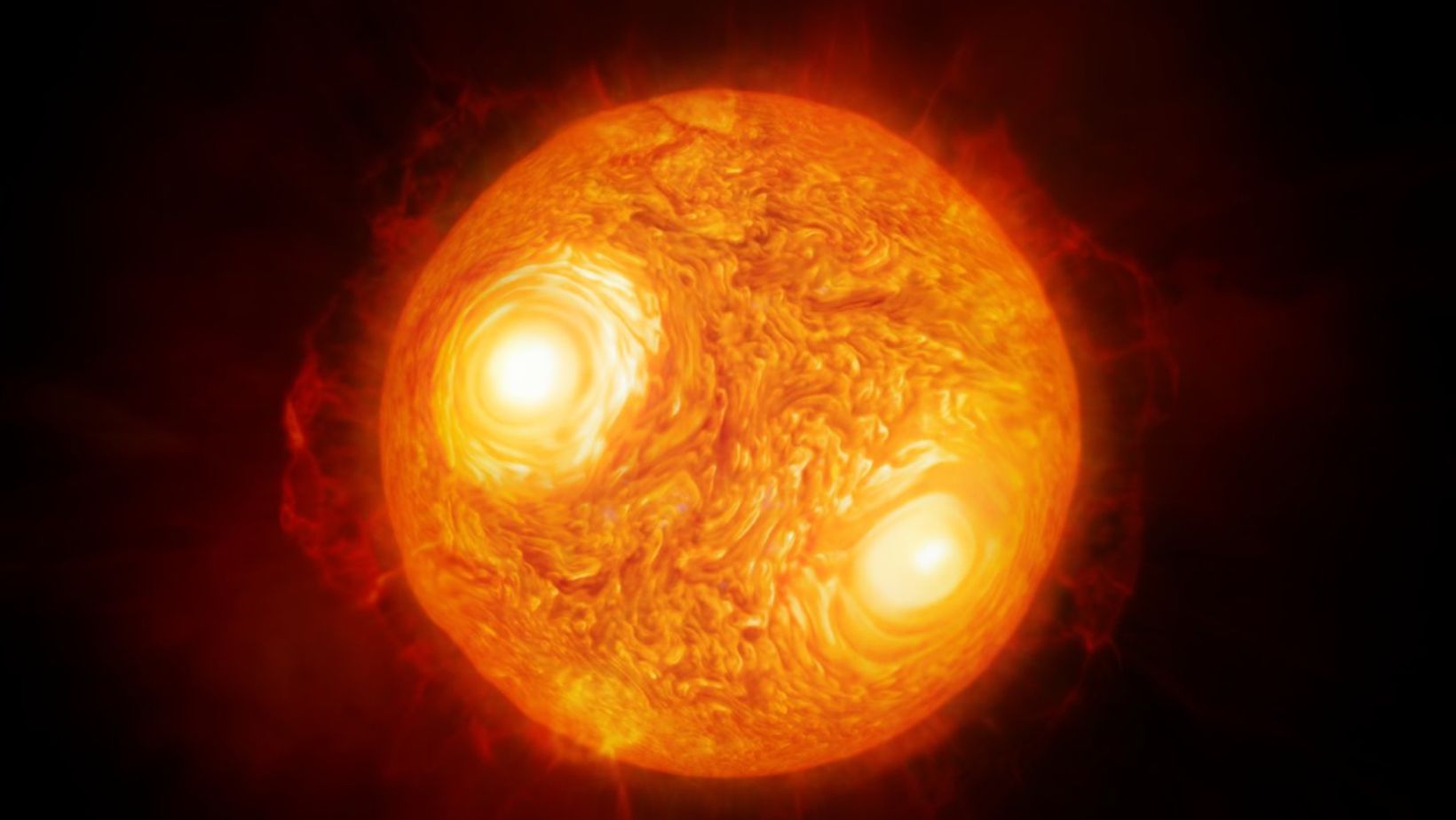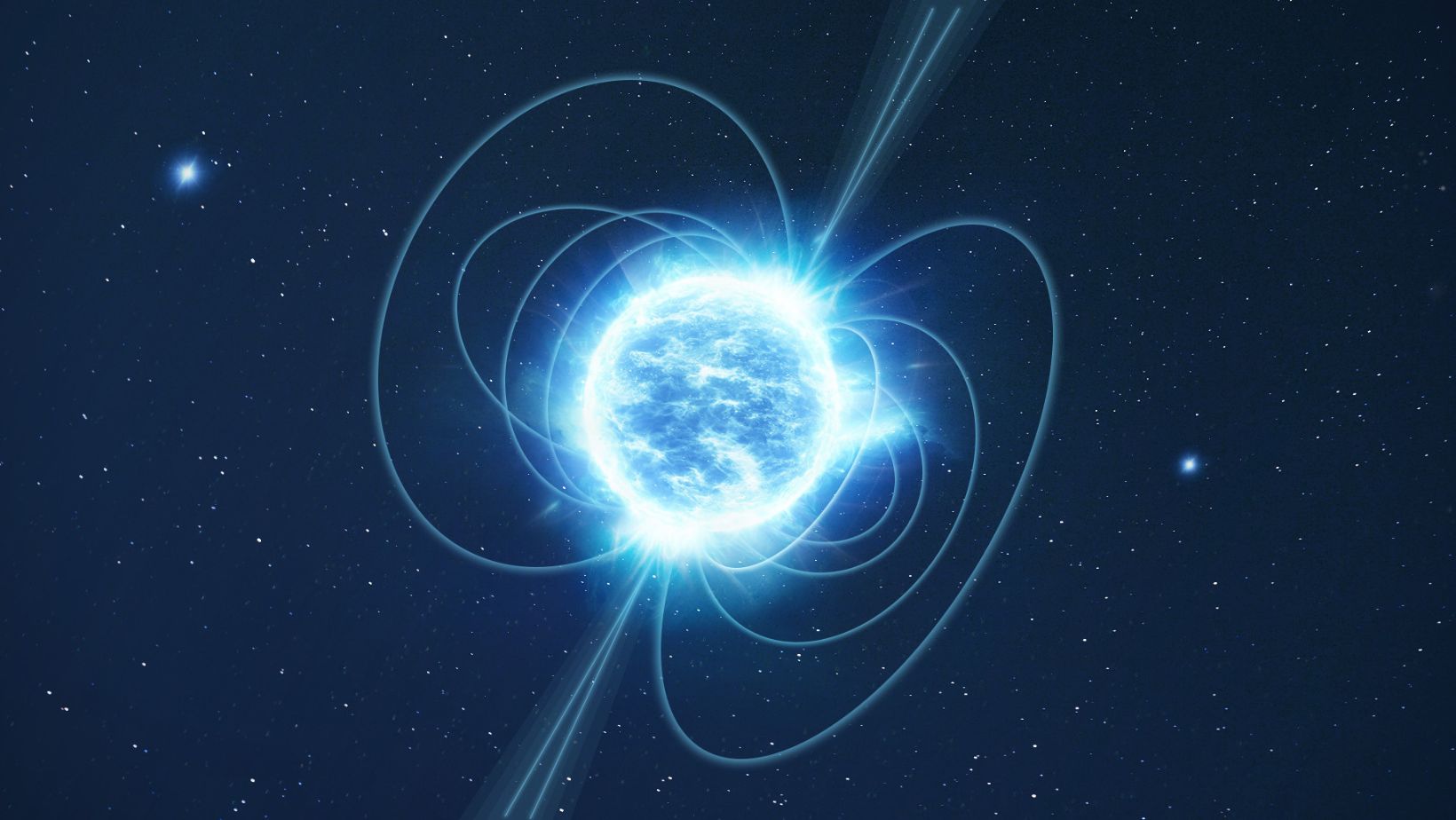The life cycle of stars is one of the most captivating stories in the universe. Stars undergo incredible transformations, from fiery birth in nebulae to dramatic deaths as supernovae. Understanding this stellar journey reveals the secrets of how stars shine and how they shape the cosmos. As we explore each phase of a star’s life, we uncover the mysteries of the universe and our place within it. Join us on this stellar adventure to discover the fantastic processes that govern the life and death of stars.
Stellar Birth: From Nebula to Protostar
The birth of a star begins in the dense, cold regions of a molecular cloud known as a nebula. These vast clouds of gas and dust are the fundamental building blocks for star formation. As parts of the nebula begin to collapse under their own gravity, they form increasingly dense clumps. This process creates a protostar—a hot, dense core surrounded by a rotating disk of gas and dust.
During the protostar phase, the core continues to contract and heat up. The surrounding material falls onto the protostar, increasing its mass and temperature. This accumulation continues until the core reaches temperatures high enough to ignite nuclear fusion. Fusion reactions in the core mark the transition from a protostar to a main sequence star. This phase is crucial as it signifies the beginning of the star’s stable life, where it will spend most of its existence. The transition from nebula to protostar sets the stage for the star’s future development and determines its eventual fate.
Life Cycle of Stars: A Star’s Prime
The main sequence phase is the most prolonged and stable period in a star’s life cycle, lasting billions of years. During this stage, a star is in a state of equilibrium, where the inward pull of gravity is balanced by the outward pressure from nuclear fusion in its core. In this core, hydrogen atoms undergo fusion to form helium, releasing immense amounts of energy.
This energy is radiated as light and heat, making the star shine brightly and maintaining its temperature. The length of the main sequence phase varies depending on the star’s mass: larger stars burn through their hydrogen fuel more quickly, while smaller stars can remain in this phase for much longer. The energy produced during this phase powers the star and influences its surrounding environment, affecting nearby stars and planetary systems. The main sequence phase is a defining period for a star, shaping its future and determining its eventual evolution.
Low-Mass Stars: The Journey of a Red Dwarf

Low-mass stars, often called red dwarfs, have a distinct and fascinating lifecycle compared to their more massive counterparts. These stars burn their hydrogen fuel slowly, allowing them to shine steadily for an exceptionally long time—often for tens to hundreds of billions of years. Their lower temperatures give them a reddish hue, making them less luminous but incredibly stable.
Red dwarfs have a unique characteristic: they do not go through a significant red giant phase like more prominent stars. Instead, they gradually burn their hydrogen and contract slowly over their long lives. This extended lifespan provides ample time for red dwarfs to host planetary systems, potentially supporting life. Because of their stability and longevity, red dwarfs are prime targets in the search for extraterrestrial life. Their slow evolution and extended life make them essential objects of study for understanding the long-term dynamics of star systems and the potential for life-supporting environments.
Medium-Mass Stars: Our Sun’s Lifecycle
Medium-mass stars, like our Sun, follow a fascinating evolutionary path. They spend most of their lives in the main sequence phase, where hydrogen fusion powers them steadily. As these stars exhaust their hydrogen fuel, they expand and cool, transitioning into red giants. During this red giant phase, the outer layers expand enormously, and the core contracts, increasing in temperature.
Helium fusion begins in the core in the red giant phase, producing heavier elements like carbon and oxygen. Eventually, the outer layers are shed, creating a beautiful planetary nebula, while the core becomes a white dwarf. This white dwarf is a dense, hot remnant that gradually cools over billions of years. The life cycle of medium-mass stars provides crucial insights into stellar evolution and the formation of planetary systems, including our own.
High-Mass Stars: The Life of a Supergiant

High-mass stars are among the most energetic and short-lived stars in the universe. They burn through their hydrogen fuel at an accelerated rate, leading to a more dramatic evolutionary path. These stars expand into supergiants, a phase characterized by enormous size and brightness, much greater than that of the Sun.
Supergiants go through various fusion stages, creating heavier elements in their cores. Their lifespans are relatively short, lasting only a few million years compared to billions for smaller stars. This rapid evolution makes them critical players in cosmic events and the synthesis of heavy elements. Understanding these massive stars helps us grasp the lifecycle of the universe’s most energetic objects.
Supernova Explosion: The Death of a Massive Star
A supernova is a colossal explosion marking the end of a massive star’s life. This dramatic event occurs when a star exhausts its nuclear fuel, causing its core to collapse under immense gravity. The resulting explosion ejects the outer layers into space, creating a brilliant and powerful burst of light.
Supernovae can be classified into types based on their progenitors and explosion mechanisms, including Type I and Type II supernovae. A supernova’s impact on its surroundings is profound, spreading heavy elements throughout the galaxy and triggering the formation of new stars and planets. This process is essential for the cosmic recycling of materials and the enrichment of interstellar space. Understanding supernovae helps us comprehend the stars’ lifecycle and the universe’s distribution of elements.
Neutron Stars and Pulsars: The Remnants of Supernovae

Neutron stars are one of the most fascinating remnants of a supernova explosion. They form when a massive star’s core collapses, compressing protons and electrons into neutrons. This results in an incredibly dense object, with a mass about 1.4 times that of the Sun but a radius of only about 10 kilometers. Neutron stars possess extreme gravity and magnetic fields.
Pulsars are a specific type of neutron star that emits radiation beams from its magnetic poles. As the neutron star rotates, these beams sweep across space, creating a pulsing effect when observed from Earth. The discovery of pulsars in 1967 provided crucial evidence for the existence of neutron stars and offered insights into their structure and behavior. Pulsars serve as natural laboratories for studying fundamental physics under extreme conditions.
Black Holes: The Ultimate Fate of Massive Stars
Black holes represent the final stage in the life cycle of the most massive stars. They form when a massive star’s core collapses after a supernova explosion, creating a region where gravity is so strong that not even light can escape. The boundary surrounding a black hole is called the event horizon, beyond which nothing can return.
Black holes are characterized by their singularity, a point of infinite density at the center, and their event horizon. They come in various sizes, from stellar black holes to supermassive ones at the centers of galaxies. Despite their elusive nature, black holes play a crucial role in galaxy formation and the distribution of matter in the universe. Understanding them helps us grasp the extreme limits of physical laws.
Stellar Recycling: Elements and Stellar Evolution

Stellar recycling is a critical process in the life cycle of stars, contributing to the continuous creation of new stars and planetary systems. When stars, especially massive ones, reach the end of their lives, they explode in supernovae, dispersing elements like carbon, oxygen, and iron into space. These elements enrich the interstellar medium, providing the building blocks for future star and planet formation.
The supernova explosion spreads these elements across the galaxy, influencing the chemical composition of new stars and planetary systems. This recycling process contributes to the formation of new stars and ensures that the universe remains dynamic and ever-evolving. By studying stellar recycling, we gain insights into the formation and evolution of galaxies and the cosmic distribution of elements essential for life.
Conclusion: The Life Cycle of Stars
The life cycle of stars is a mesmerizing journey, from their fiery birth in nebulae to their dramatic ends as black holes or supernova remnants. Each stage, from neutron stars to stellar recycling, plays a crucial role in shaping the universe and creating essential elements for life. Understanding these stellar processes reveals the intricacies of cosmic evolution and connects us to the broader universe.
Dive deeper into the wonders of stellar life cycles and discover how these celestial phenomena influence everything from the formation of new stars to the fabric of our existence. Explore the cosmos with us and uncover the secrets of the stars!
FAQs about The Life Cycle of Stars
What is the difference between a neutron star and a black hole?
A neutron star is a dense remnant of a supernova, composed primarily of neutrons, with a mass about 1.4 times that of the Sun but a radius of only about 10 kilometers. It has extremely strong gravity and magnetic fields. A black hole, on the other hand, is a region in space where gravity is so intense that not even light can escape. It forms from the collapse of a massive star’s core and has an event horizon beyond which nothing can return.
How are pulsars discovered, and what makes them unique?
Pulsars are discovered by detecting their regular pulses of radio waves or other electromagnetic radiation. The neutron star’s magnetic field emits these pulses as it rotates rapidly. What makes pulsars unique is their incredibly precise and regular pulsing, which can be used to study extreme physical conditions and test theories of physics under conditions not replicable on Earth.
What role do black holes play in galaxy formation?
Black holes, especially supermassive ones at the centers of galaxies, play a critical role in galaxy formation and evolution. Through their immense gravity and energetic outflows, they influence the formation of stars and the distribution of matter in their host galaxies. These interactions can affect star formation rates and the overall structure of galaxies.
Can we observe the formation of new stars from the material ejected by supernovae?
The material ejected by supernovae contributes to forming new stars and planetary systems. This enriched material mixes with the interstellar medium, forming new molecular clouds. Over time, these clouds can collapse and give birth to new stars and planets, continuing the cycle of stellar evolution.
How do scientists study the conditions inside black holes if light cannot escape them?
Scientists study black holes indirectly through their effects on nearby matter and radiation. By observing the movement of stars and gas around black holes and the radiation emitted from the accretion disk of material falling into them, researchers infer the properties and behavior of black holes. Additionally, gravitational waves from black hole mergers provide valuable information about their nature and dynamics.
